Back In Style: Trends Making A Comeback
- Ayanda Ntuli
- Mar 11
- 4 min read
Updated: Mar 13
By Ayanda Ntuli

credit: Dior.com
Fashion is perpetual motion, a rhythm that never stops and trends are the main character. They pop up, fade, evolve and resurface in unexpected forms, almost always finding their way back into the spotlight. And as creatures of habit, it’s only natural to ask: what are we fawning over now? Or rather, which trends are demanding our attention? From the so-called “It Girl” handbag to entire aesthetics resurrected with a modern twist, these are the trends making a comeback in fashion.
The Lady Dior Bag
Image 1 credit: © REX/SIPA. Image 2 credit: Getty Images
Designed by Gianfranco Ferré in 1995, the Lady Dior Bag was originally named the Chouchou, which translates to “favourite” in French. Its legacy began when it was gifted to Princess Diana who was photographed on several occasions carrying it. In her honour, the bag was later renamed the Lady Dior. Since then, the bag has become one of Christian Dior’s most recognised creations and is widely considered one of the most iconic handbags of all time. Crafted with neatly structured lines and embellished with Dior’s signature metallic charms, the Lady Dior is a testament to the house’s timeless elegance. For over two decades and countless seasons, the Lady Dior has been reinvented, each iteration offering a new take on the essence of the brand. In recent years, celebrities such as Rihanna, Queen Camilla, Meghan Markle and Jennifer Lopez have all been spotted carrying the Lady Dior proving that this classic is here to stay.
Low-Rise Jeans
Image 1: Getty Images. Image 2: KMazur/WireImage/Getty Images. Image 3: Jean-Paul Aussenard/WireImage/Getty Images. Image 4: Pinterest
Low-rise jeans first made waves in the 1990s, but it was in the early 2000s that they became a cultural phenomenon, with icons like Britney Spears, Aaliyah, Kate Moss, and Alexander McQueen championing the trend. Now, with Y2K nostalgia showing no signs of slowing down, these hip-hugging, baggy jeans are reclaiming their place in fashion. Unlike a Lady Dior bag, they are a trend with a broader appeal, making them accessible across various price points. And let’s be honest: denim always finds its way back. Its evolution from durable workwear to a global fashion staple highlights its versatility and enduring presence in wardrobes worldwide. So, it’s no surprise that low-rise jeans are once again taking centre stage.
Leopard Print
Credit: Pinterest
The history of leopard print is vast, and its perception in society has shifted, teetered, and evolved over the years. Its roots trace back to ancient times when it was a symbol of wealth and power, often worn by aristocrats and royals who draped themselves in real leopard hides. Fast forward to the 20th century, and animal prints, especially leopard, were replicated onto fabrics, marking the beginning of their bold identity in Hollywood. The print soon became synonymous with sexual freedom, rebellion, and unrestrained confidence, embraced by those unafraid to be seen, brazen in their self-expression and unapologetically glamorous.
So much so that legendary designers like Christian Dior and Dolce & Gabbana created collections that heavily featured leopard print, cementing its place in high fashion. Today, leopard print remains a timeless and versatile staple, capable of being styled in countless ways. However, some argue that such a bold aesthetic struggles to fully integrate into the quiet luxury movement and, at times, risks appearing excessive or cheap. On the other hand, many appreciate the playful yet elegant energy it can bring to an outfit, when styled well.
Lace
Image 1: Margherita of Savoy, circa 1878, adorned and surrounded by (neo-)Renaissance laces, photo via Wikimedia Commons. Image 2: Priyanka Chopra, photo via WIREIMAGE. Image 3: Julia Garner, photo via FILMMAGIC
Lace first gained popularity in 16th-century in Europe, and was used for both clothing and home décor. Like leopard print, it was considered a luxury, worn by aristocrats and symbolising status. Its exclusivity stemmed from the fact that it was expensive and time-consuming to make. However, advancements in textile production over the years made lace more accessible, allowing it to evolve beyond aristocratic circles. By the 20th century, lace had transitioned from a status symbol to a versatile fabric, appearing in everything from bridal gowns to lingerie and high fashion. Today, lace continues to strike a balance between romance and sensuality, offering both delicate elegance and daring allure. While some associate it with vintage femininity, modern designers have reimagined lace in edgier, unexpected ways layered over bold colours or cut into unconventional silhouettes. This perpetual appeal is evident everywhere, especially on the red carpet, where celebrities like Madison Beer, Sydney Sweeney, Elizabeth Olsen, and Priyanka Chopra have been photographed wearing lace designs.
College Preppy Look
credit: Pinterest
Rounding off the list is a trend that shows us that polished, collegiate fashion never truly goes out of style. Once synonymous with Ivy League sophistication and the classic ‘Gossip Girl’ aesthetic, the preppy look is back, but with an edgier, more modern feel. Think pleated skirts, polo shirts, knee-high socks, loafers, stripes, and tailored blazers. The revival of this look is largely driven by the rise of quiet luxury and old-money aesthetics, which have gained increasing popularity in recent years. In 2025, expect to see reimagined versions of preppy style that incorporate bolder colours, with brands like Brooks Brothers, Ralph Lauren, and Tommy Hilfiger at the forefront of this trend.
Whether it’s an item, a print, or an entire aesthetic, the cyclical nature of fashion is undeniable. Trends may be the moment, but they also reflect the times we live in and society’s evolving perception of beauty and taste. Anna Wintour once said, 'Fashion’s not about looking back. It’s always about looking forward.' But what about the pattern that suggests fashion must look back to move forward?



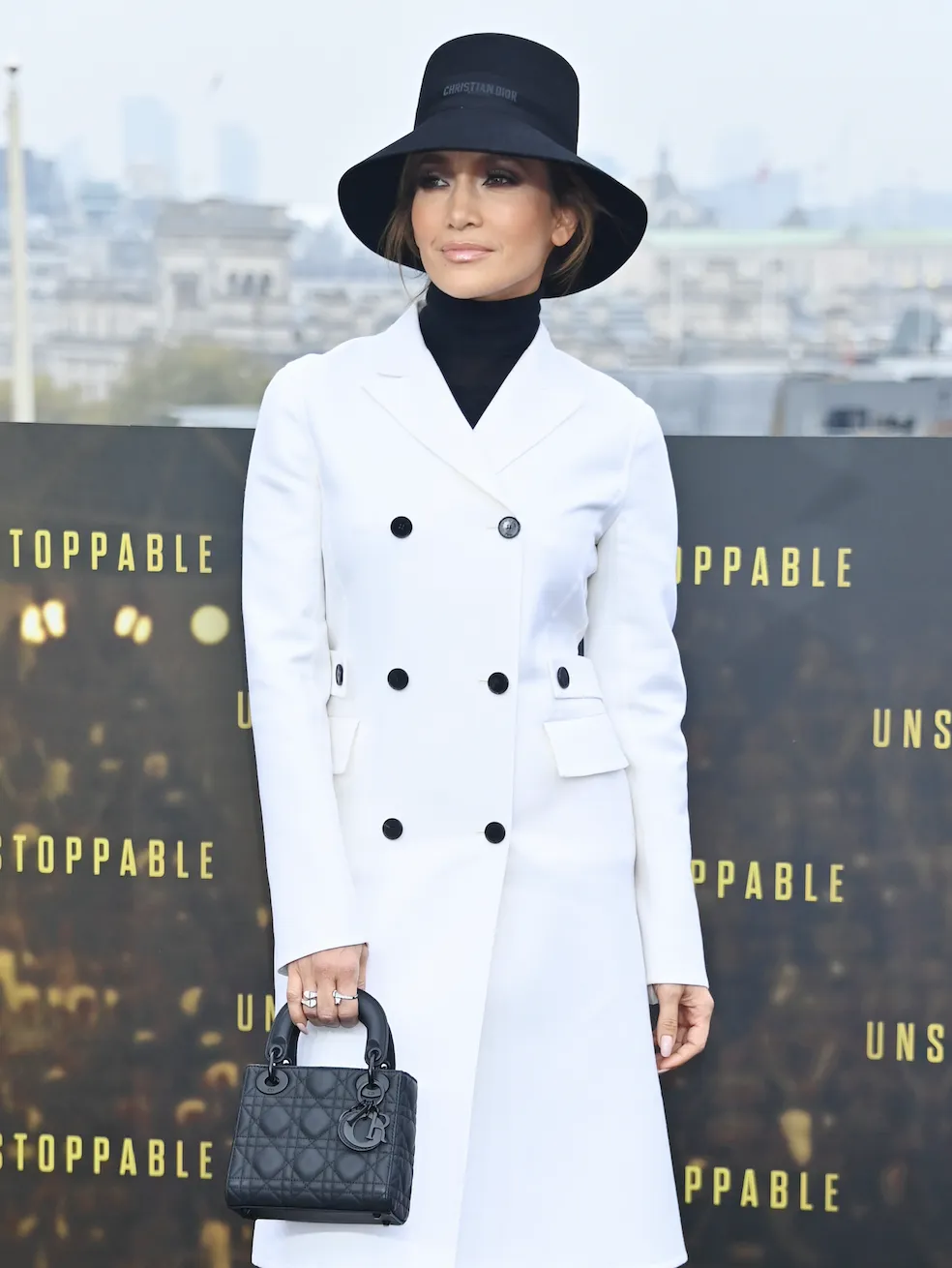
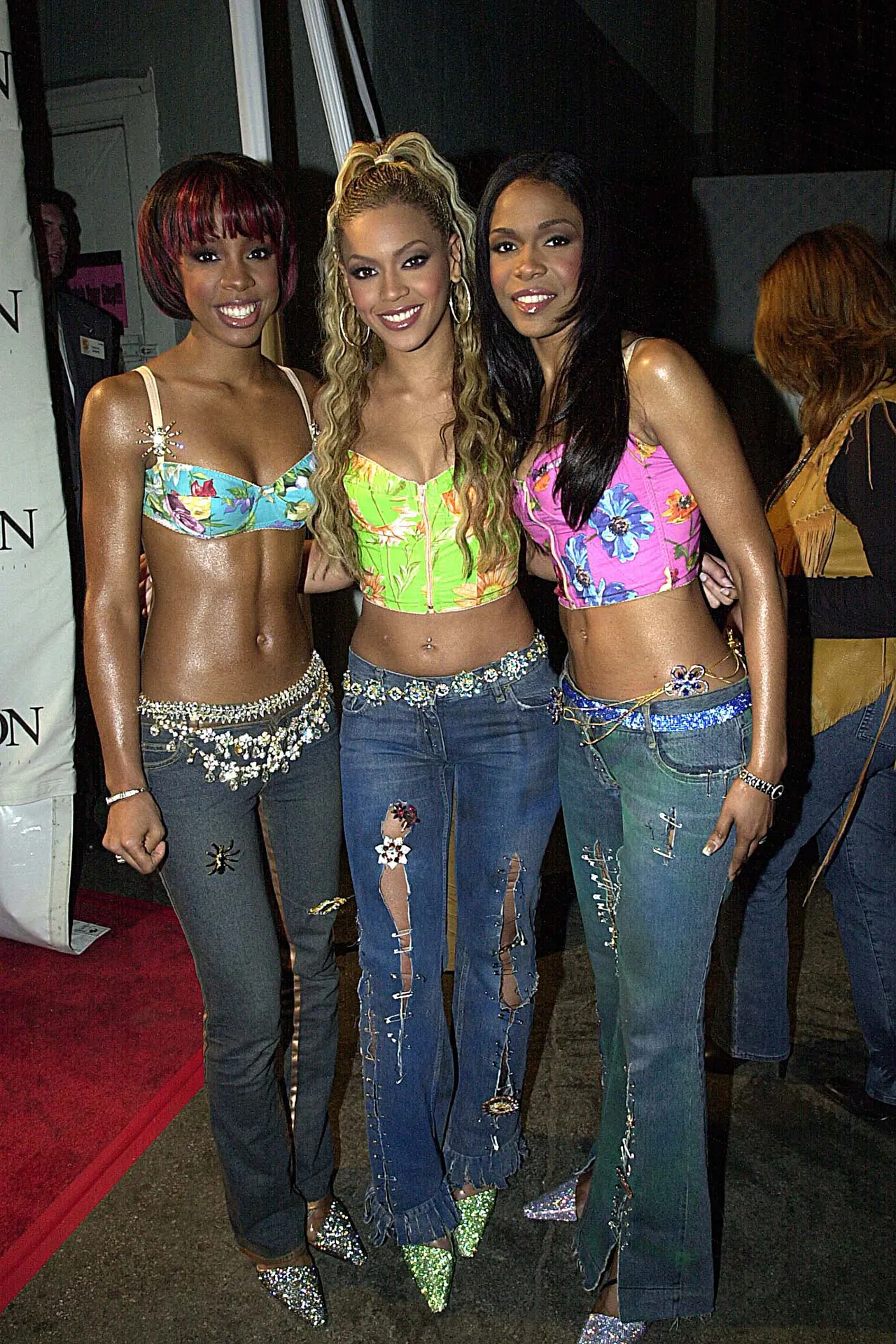
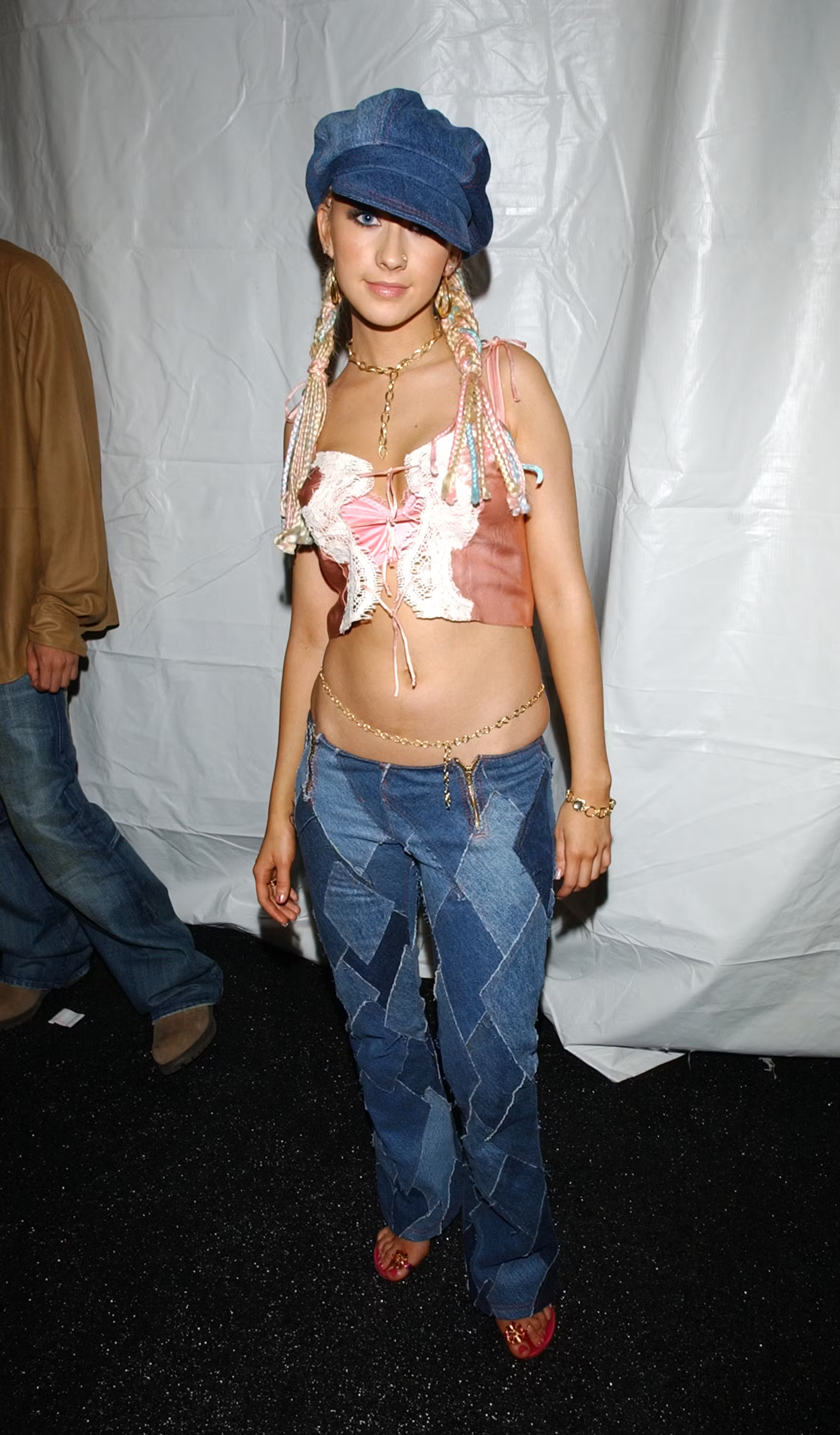
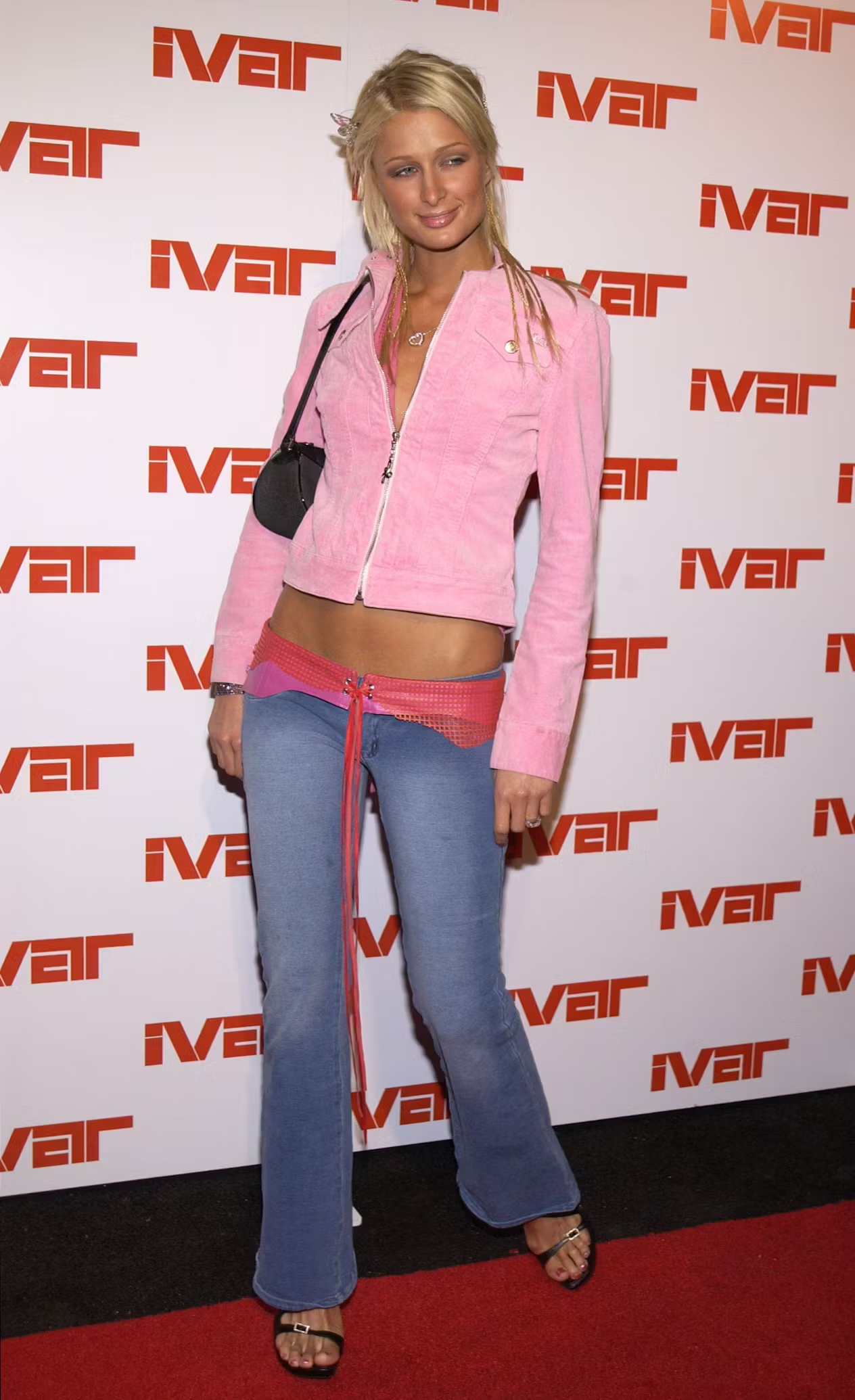

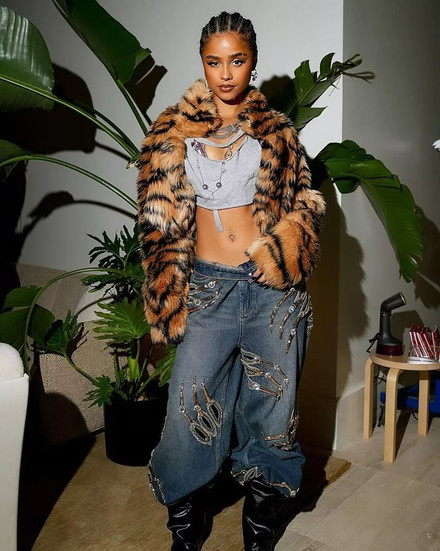






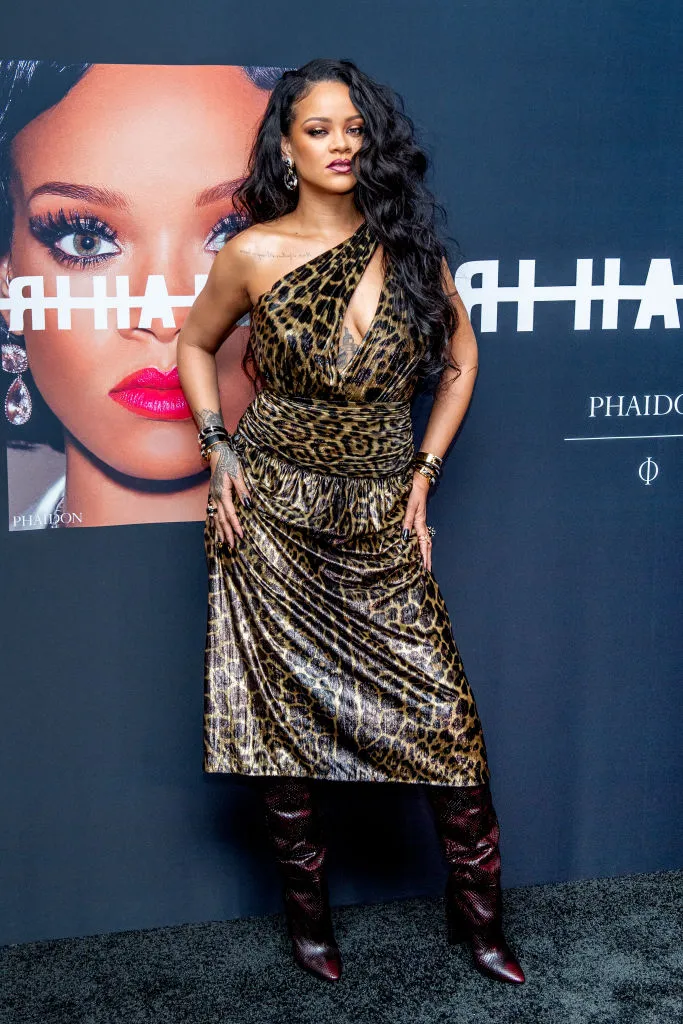


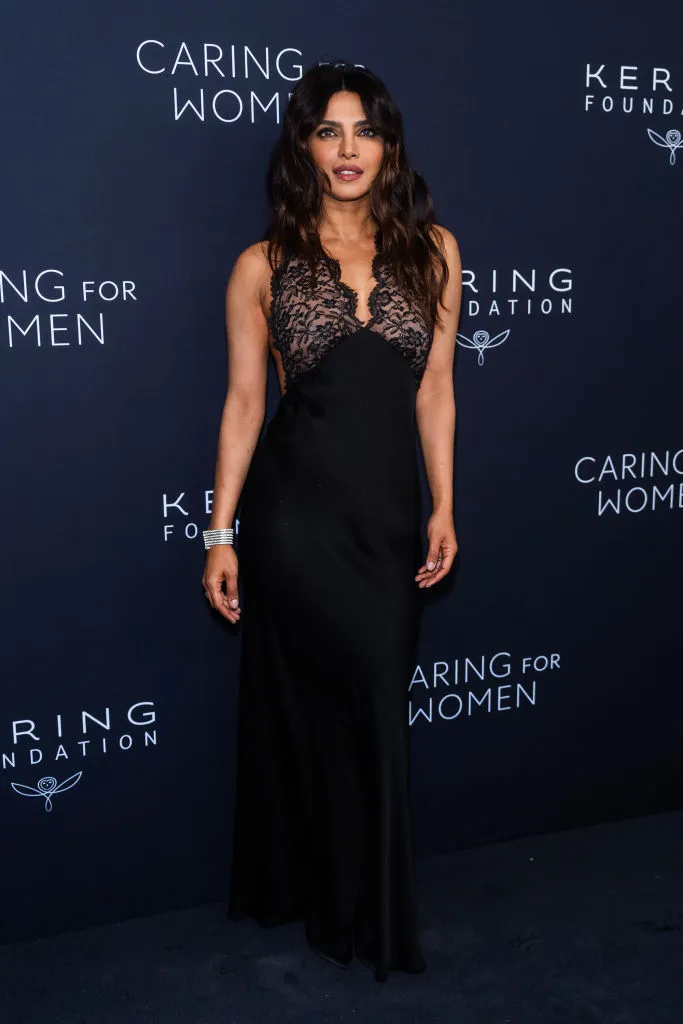
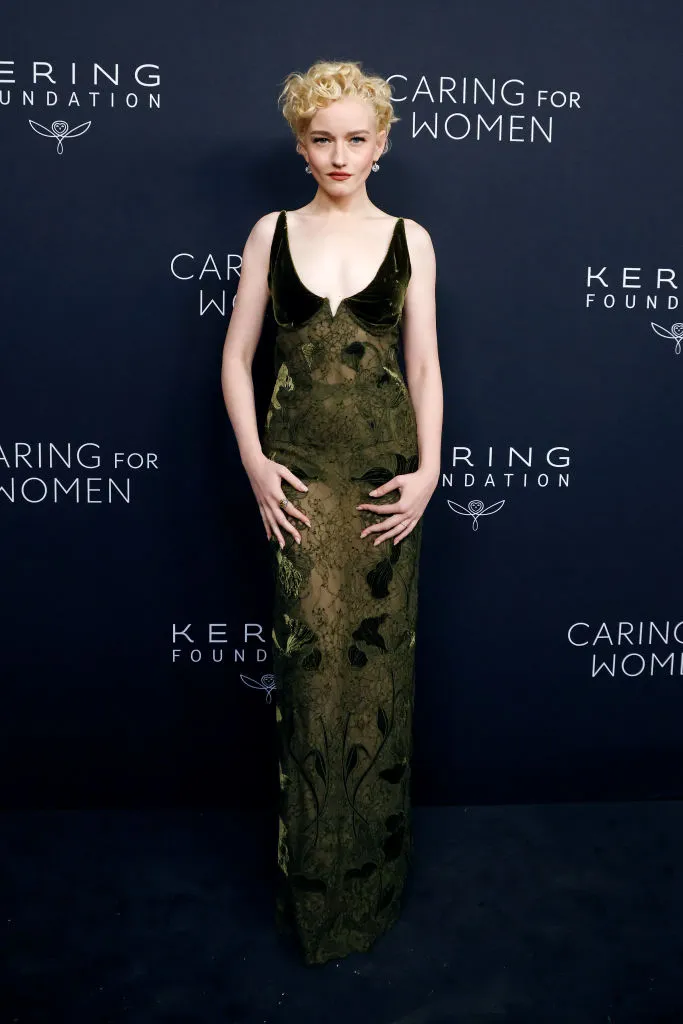
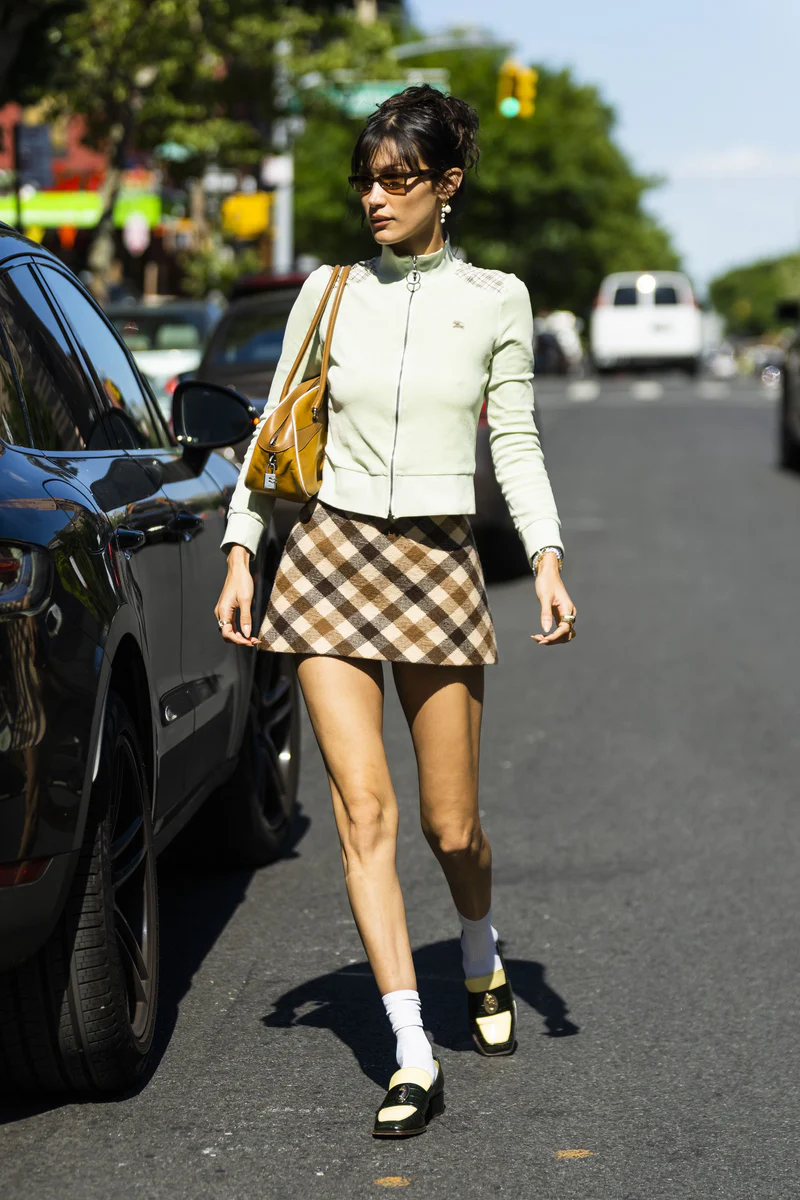
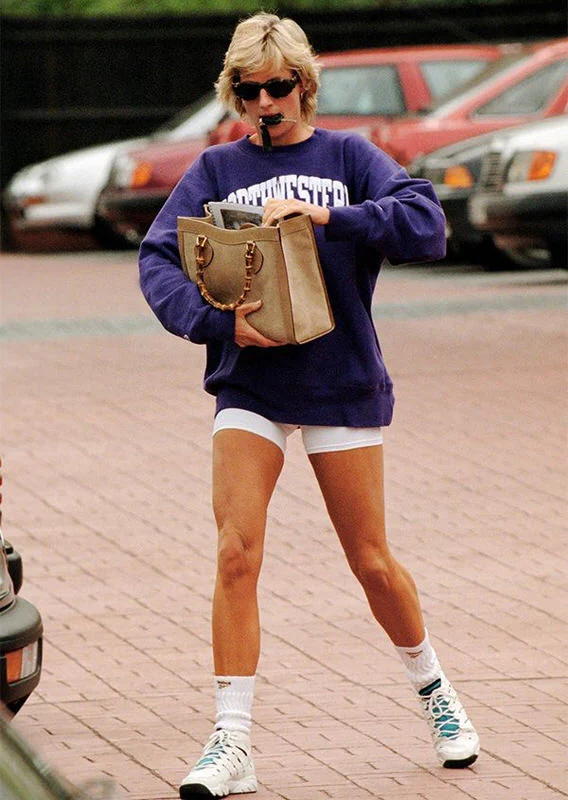







Comments